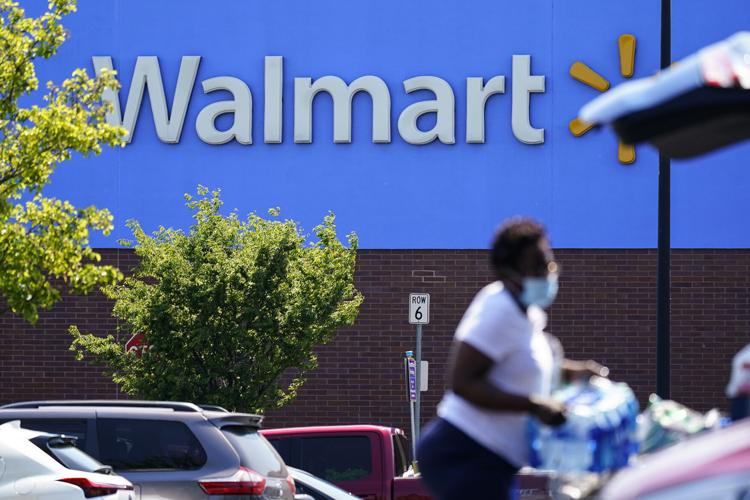In recent days, the conversation around economic trends has taken an intriguing turn, with Walmart CEO Doug McMillon hinting at the possibility of deflation in the United States. This revelation comes after a prolonged period of inflation that has impacted consumers and businesses alike. In this article, we’ll delve into the concepts of inflation and deflation, explore their effects on individuals and the economy, and assess the potential shift towards deflation.
Understanding Inflation:
Inflation, in simple terms, is the sustained increase in the general price level of goods and services over time. It erodes the purchasing power of currency, leading to higher prices for everyday items. The recent surge in inflation has been a result of various factors, including supply chain disruptions, increased demand post pandemic, and rising production costs.
For many, the consequences of inflation have been palpable, with the cost of groceries and general merchandise soaring. Walmart, as the world’s largest retailer, has experienced these effects firsthand. CEO Doug McMillon acknowledges that while prices have risen, the pace is slowing down, and there’s a possibility of reversal, leading to deflation in certain sectors.
The Shift Towards Deflation:
Deflation, the opposite of inflation, refers to a sustained decrease in the general price level of goods and services. While consumers might initially rejoice at the prospect of lower prices, deflation brings its own set of challenges. In the case of Walmart, if prices of groceries and consumables start to decline, it could impact the retailer’s revenue stream which could then lead to layoffs.
However, Doug McMillon’s optimism about potential deflation lies in the belief that it might free up consumers’ budgets, encouraging them to spend more on general merchandise. This shift, if realized, could be a strategic move for Walmart, as general merchandise often carries higher profit margins.
Economic Implications:
The potential transition from inflation to deflation holds significant implications for the broader economy. The recent efforts by the Federal Reserve to curb inflation through interest rate hikes are seemingly having an impact. McMillon’s observations on the slowdown in inflation align with this shift.
The delicate balance lies in ensuring that deflation, if it occurs, is gradual and controlled. Rapid deflation can be detrimental to the economy, as falling prices may lead to decreased consumer spending and business investment. Striking the right balance becomes crucial to prevent a deflationary spiral.
Walmart’s Strategic Outlook:
As Walmart navigates these economic waves, the question arises: can the retail giant sustain sales and market share growth amid changing economic dynamics? Analysts suggest that Walmart’s appeal to budget conscious consumers remains strong. The prospect of deflation might even attract more customers seeking to stretch their dollars further.
The key for Walmart will be adapting its strategies to this evolving economic landscape. While inflation may have brought higher income shoppers seeking value for their money, the potential for deflation could see Walmart maintaining its appeal to a broader audience.
Conclusion:
In conclusion, the recent mention of deflation by Walmart’s CEO signals a potential shift in economic trends. From grappling with inflation, the focus may now shift towards managing the impacts of deflation. Striking a balance between controlled deflation and sustaining economic growth is essential. As consumers and businesses adapt to these changes, Walmart’s ability to navigate these economic waves will be closely watched.

